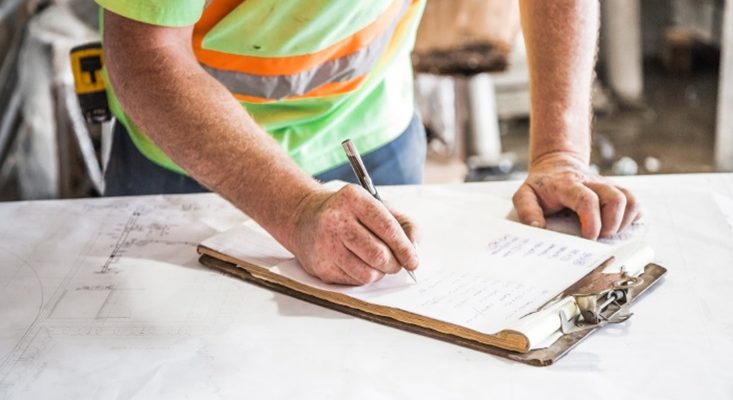Owning a property comes with the responsibility of ensuring its safety and compliance. A crucial aspect of this is understanding and adhering to the Building Warrant of Fitness (BWoF) requirements. This comprehensive guide is designed to assist property owners in comprehending the importance of the BWoF, its various components, and the process of achieving and maintaining compliance. By familiarizing themselves with the BWoF and its associated responsibilities, property owners can confidently navigate the compliance landscape and ensure the safety and well-being of their occupants.
Understanding the Building Warrant of Fitness
The Building Warrant of Fitness is a legal document that verifies a building’s compliance with specific safety and maintenance standards. It serves as proof that the building’s systems and features are regularly inspected and properly maintained, ensuring the safety of its occupants. Property owners must have a clear understanding of the legal obligations and responsibilities related to the BWoF to ensure compliance and create a safe environment.
Components of the Building Warrant of Fitness
The BWoF covers several critical components that contribute to a building’s safety and functionality. Fire safety systems and equipment, such as alarms and extinguishers, must be regularly inspected and maintained. Means of escape and evacuation plans should be in place to ensure occupants can safely exit the building in the event of an emergency. Structural and weather tightness maintenance, including regular checks for leaks and damage, is crucial for the building’s integrity. Additionally, ensuring accessibility for people with disabilities is an essential part of the compliance process.
Obtaining and Maintaining
To obtain and maintain the BWoF, property owners must engage with professionals who are knowledgeable about building compliance, such as building inspectors and consultants. Annual inspections and reporting are necessary to assess the building’s compliance with BWoF requirements and identify any areas that require attention. Property owners must promptly address non-compliance issues and maintain comprehensive records of maintenance and inspections. Effective documentation ensures a smooth renewal process and demonstrates ongoing compliance with the BWoF.
Roles and Responsibilities
Property owners bear the primary responsibility for BWoF compliance. They must actively engage with tenants and building managers to create a shared understanding of the compliance requirements and ensure everyone is aware of their responsibilities. Collaboration with building contractors and maintenance professionals is crucial for ongoing maintenance and addressing compliance issues effectively.
Benefits of Compliance with the BWoF
Complying with the BWoF brings numerous benefits to property owners. First and foremost, it ensures the safety and well-being of occupants, reducing the risk of accidents and emergencies. Compliance also helps property owners meet legal requirements, avoiding penalties and potential legal disputes. Moreover, maintaining a valid BWoF enhances the property’s value and reputation, attracting tenants who prioritize safety and compliance.
Common Challenges and Tips for Success
Compliance with the BWoF can present challenges, but they can be overcome with the right approach. Staying updated with regulatory changes, addressing non-compliance issues promptly, and managing multiple buildings can be demanding. Property owners can tackle these challenges by staying informed about the regulations, seeking professional advice when needed, and implementing proactive maintenance strategies. Regular inspections, timely repairs, and thorough documentation are key to successful compliance.
Conclusion
Understanding and adhering to the Building Warrant of Fitness is an essential aspect of property ownership. By familiarizing themselves with the BWoF and its requirements, property owners demonstrate their commitment to maintaining a safe and compliant environment for their occupants. Navigating the compliance process may seem complex, but with the right knowledge and support, it becomes manageable. Property owners must prioritize regular inspections, maintenance, and documentation to uphold the standards set by the BWoF. By doing so, they contribute to the well-being of their occupants and the overall integrity of their buildings.



